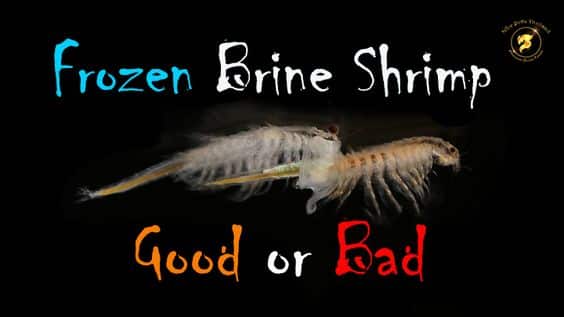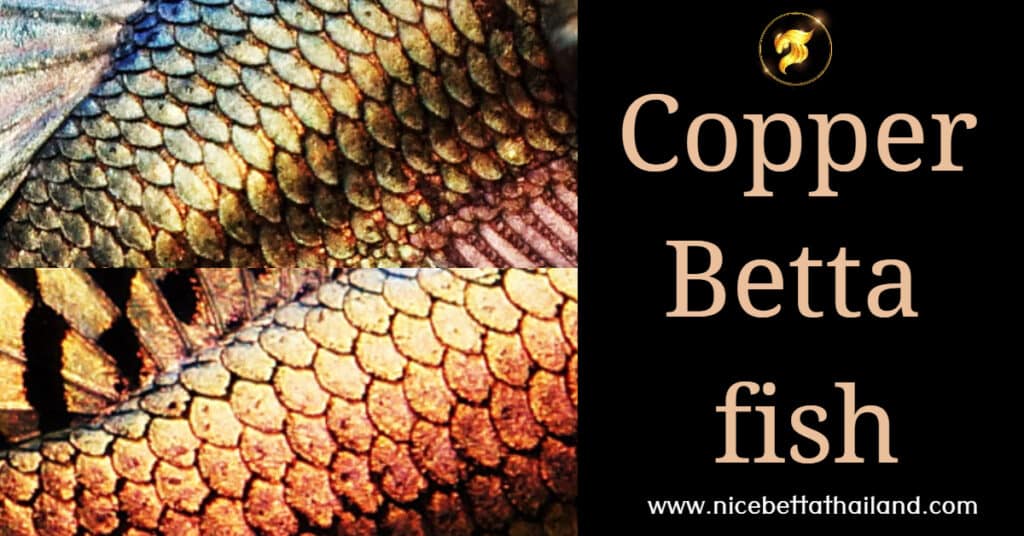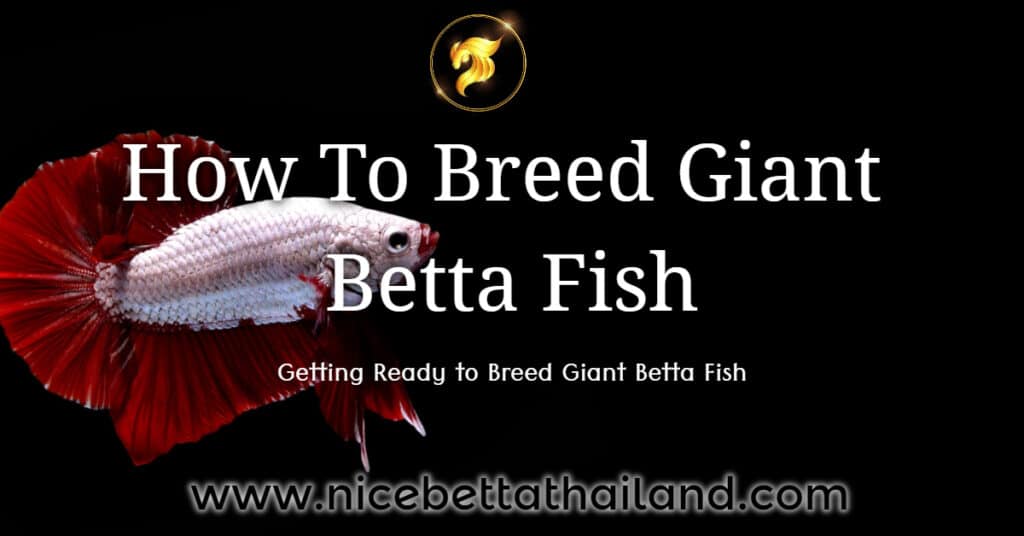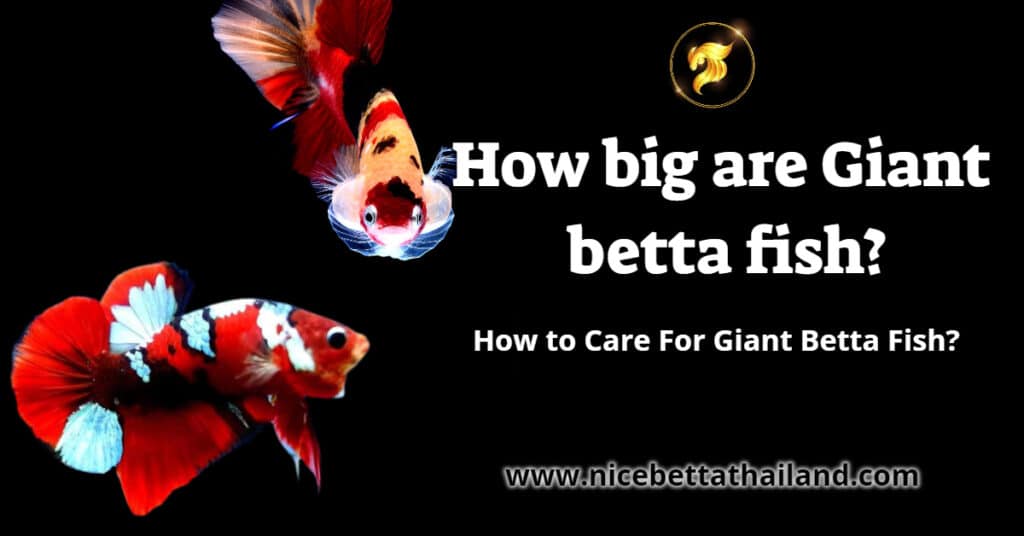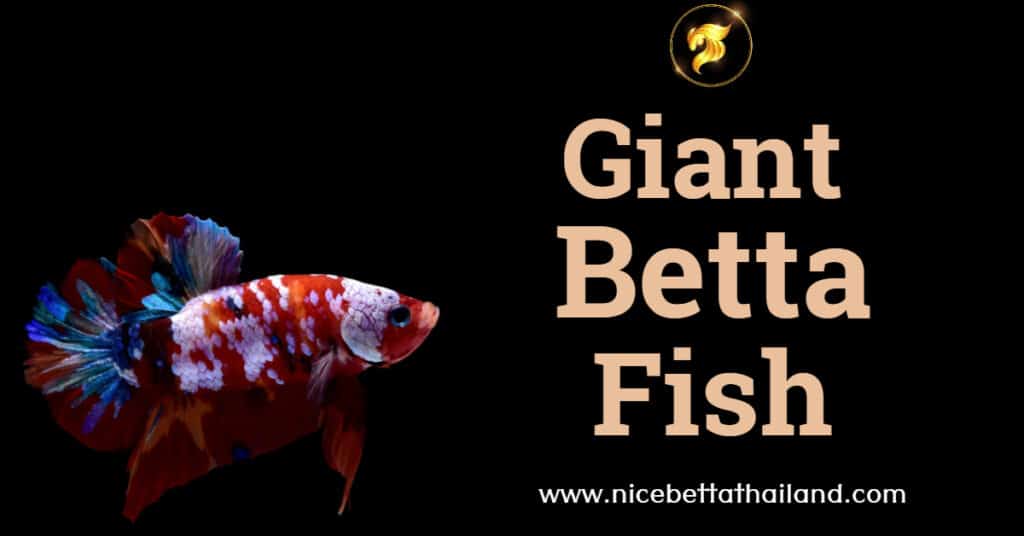Yes indeed, as long as you enrich the adult brine shrimp food for betta fish, disinfect it in freshwater before you offer it to your ponies, and your seahorses will eat it, it’s all right to supplement your seahorse’s diet liberally with the Artemia, as discussed below
BRINE SHRIMP (Artemia spp.)
Pros (Giwojna, Oct. 1996):
- Adult Artemia are readily available from your fish store or through the mail.
- Easily raised from cysts to provide nauplii of all sizes and stages of development.
- Excellent tolerance for saltwater: feed and forget–survives until eaten.
- Easy to gut-load and enrich.
- Accepted greedily by most seahorses (except Hippocampus reidi and H. ingens).
Cons (Giwojna, Oct. 1996):
- Poor food value–good source of protein, but lacking in other essential nutrients.
- Must be fortified or enriched to increase nutritional content.
- Cannot be used as staple diet.
Collecting Tips:
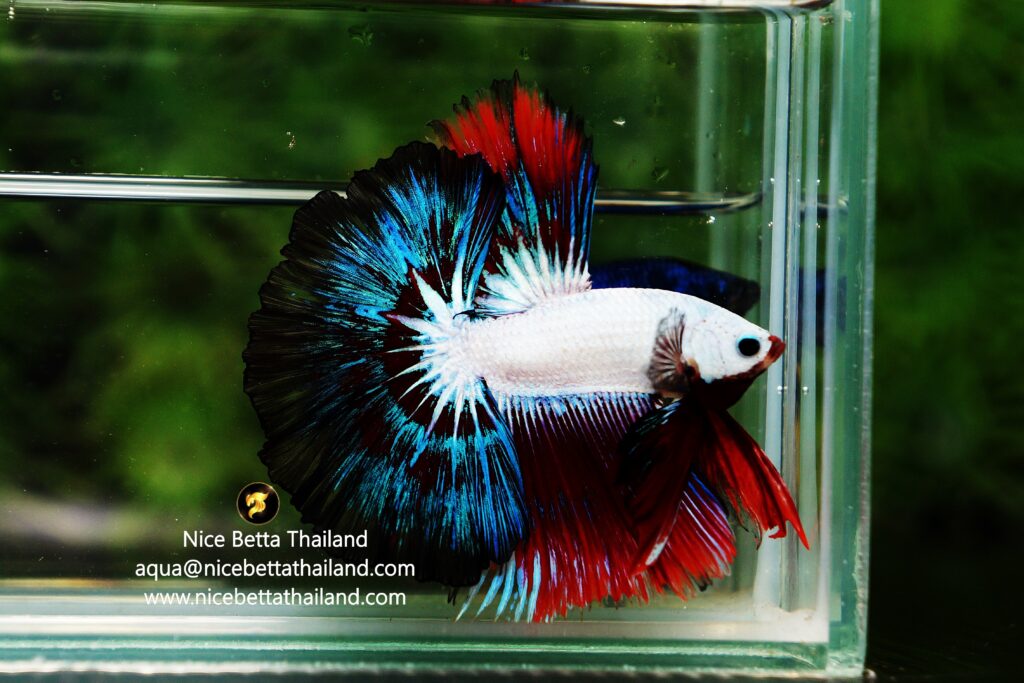
Culture Instructions:
Specific gravity: 1.020-1.026; pH: 8.0-9.0;
Temperature: 77 degrees F (25 degrees C)
An easy way to raise small quantities of brine shrimp is to set up a 10-20 gallon tank in a location where it receives natural sunlight to promote the growth of green algae, and provide gentle aeration using a length of airline tubing as a bubbler (avoid fine bubbles and the use of airstones; Giwojna, Oct. 1996). Sprinkle 1/2 teaspoon of eggs on the surface of the water.
The nauplii will hatch 24-36 hour later, and the day after they emerge, they can be fed sparingly with various additives and enrichment products (Giwojna, Oct. 1996). Adjust the amount so a slight haze barely clouds the water for a few hours each day. Do not feed again until the water is crystal clear, and avoid overfeeding at all costs. Maintain constant aeration to keep the food in suspension, and feed very small amounts fairly often — never a large quantity at any given time (Giwojna, Oct. 1996). The first generation of brine shrimp will reach maturity after 2-3 weeks, and the culture will then be self-sustaining (Daleco Aquarists Supply Manual, 1995). Add more eggs as needed to supplement natural reproduction and bolster the population of brine shrimp. Top off the tank with freshwater regularly to make up for evaporation, and replace about 25% of the culture water on a monthly basis (Giwojna, Oct. 1996).
It’s a good idea to set up 2 or more culture tanks for adult Artemia at the same time so you can harvest a little from each culture and prevent the population of shrimp in any one tank from being depleted to the extent it can no longer sustain itself.
Rearing Artemia this way makes it easy to select nauplii at just the proper stage of development and size for your sea horses (Giwojna, Oct. 1996).
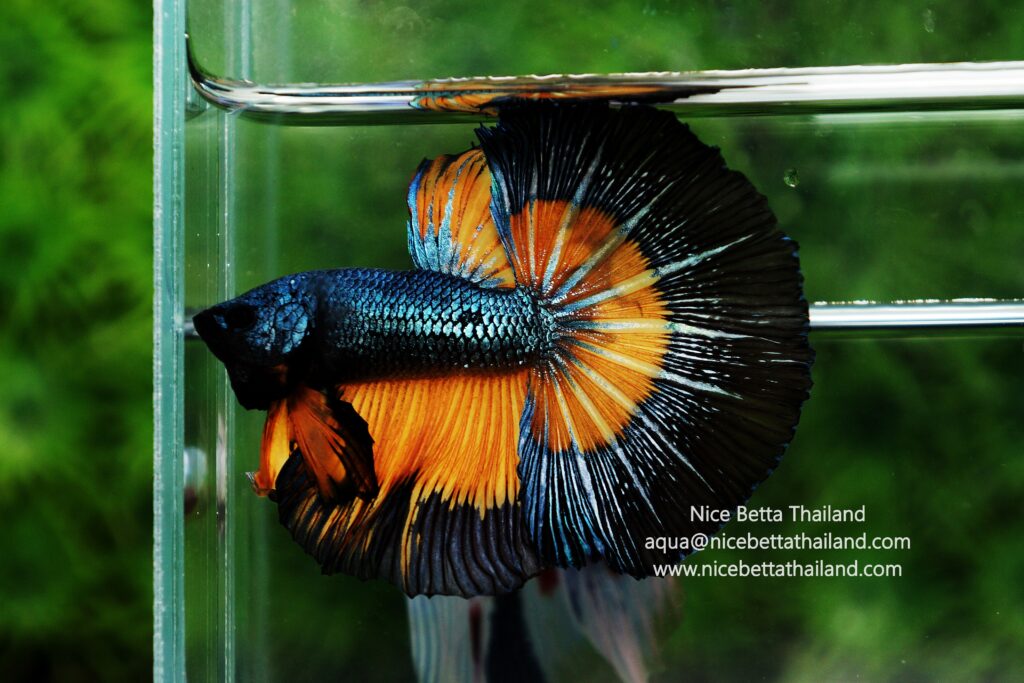
Comments
Brine shrimp are no doubt the most widely used live foods for sea horses. They are convenient, always available, easy to hatch and raise, and adults can be bought by the pint or quart at many fish stores (Giwojna, Oct. 1996).
However, commercially raised brine shrimp have one big drawback. By the time they are purchased and released in the aquarium, they usually have not eaten for several days, and starved brine shrimp are nutritionally barren. It is therefore imperative that brine shrimp be fortified before they are fed to your sea horses. (As discussed earlier, unfortified adult brine shrimp are useful for feeding to captive-bred seahorses on a staple diet of enriched frozen Mysis on their fasting days precisely because the brine shrimp have nonexistent nutritional value.)
Fortunately, brine shrimp are filter feeders and will take in whatever is suspended in the water with them that has a manageable particle size. This can be yeast cells; unicellular algae; rotifers; micronized rice bran, whey, wheat flour, or egg yolk; dried Spirulina algae; water-soluble vitamin and mineral formulations designed for marine fish; or whatever else the aquarist cares to add to their culture water (Daleco Aquarists Supply Manual, 1995).
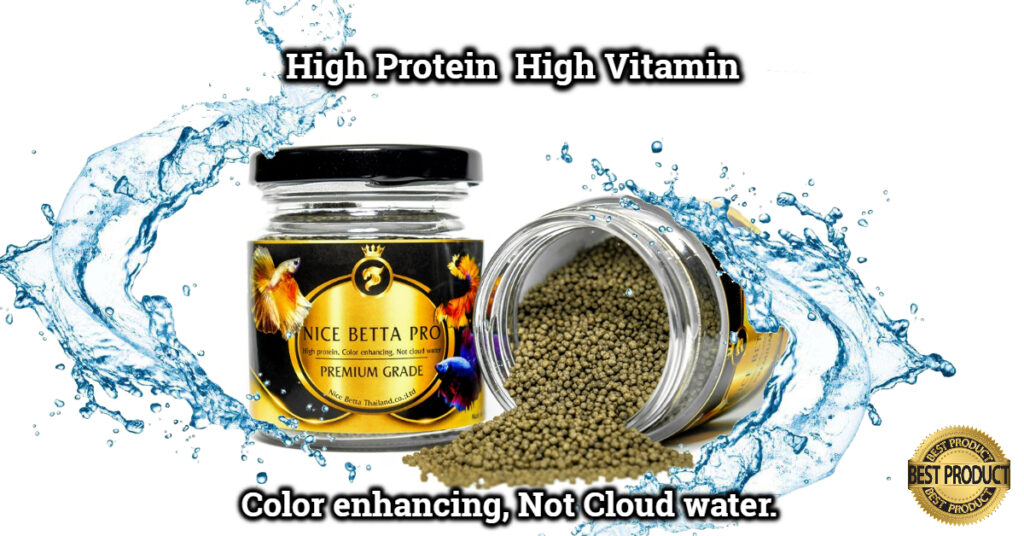
I recommend using one of the concentrated food additives or enrichment products that have recently been developed specifically for mariculturists. The best additives are rich in lipids, especially highly unsaturated fatty acids (HUFA), and vitamins such as stabilized Vitamin C and cyanocobalmin (B-12) (Giwojna, Oct. 1996). Adding such enrichment products to a 6-ounce portion of brine shrimp, and then allowing at least 12 hours for the shrimp to ingest it can fortify store-bought adult Artemia (Giwojna, Oct. 1996)
Liquid vitamin formulations can also be added, and the ability to enrich their lipid and vitamin content this way allows us to treat brine shrimp as animated vitamin pills for seahorses (Lawrence, 1998). The savvy seahorse keeper should regard enriched Artemia as bio-encapsulated food for his charges and take full advantage of every opportunity to fortify the shrimp (Lawrence, 1998).
The survival rate of marine fish fry improves dramatically when they are fed lipid-enriched brine shrimp nauplii, and the importance of fortifying Artemia in this manner cannot be overemphasized (Forrest Young, pers. com.). In fact, the Steinhart Aquarium in San Francisco has successfully raised Hippocampus erectus from birth to maturity on a diet consisting solely of brine shrimp (Herald and Rakowicz, 1951). For best results, however, brine shrimp should be considered only a dietary supplement, with of the bulk of your sea horses’ diet consisting of hard-bodied crustaceans such as Mysids, feeder shrimp or Gammarids.
However, Sandy, if you’ll be supplementing your seahorse’s diet with adult brine shrimp regularly, there are a few precautions you must be careful to observe. First and foremost, you must be careful to disinfect live food beforehand to assure you won’t be introducing any pathogens or parasites along with the prey items, as discussed below.
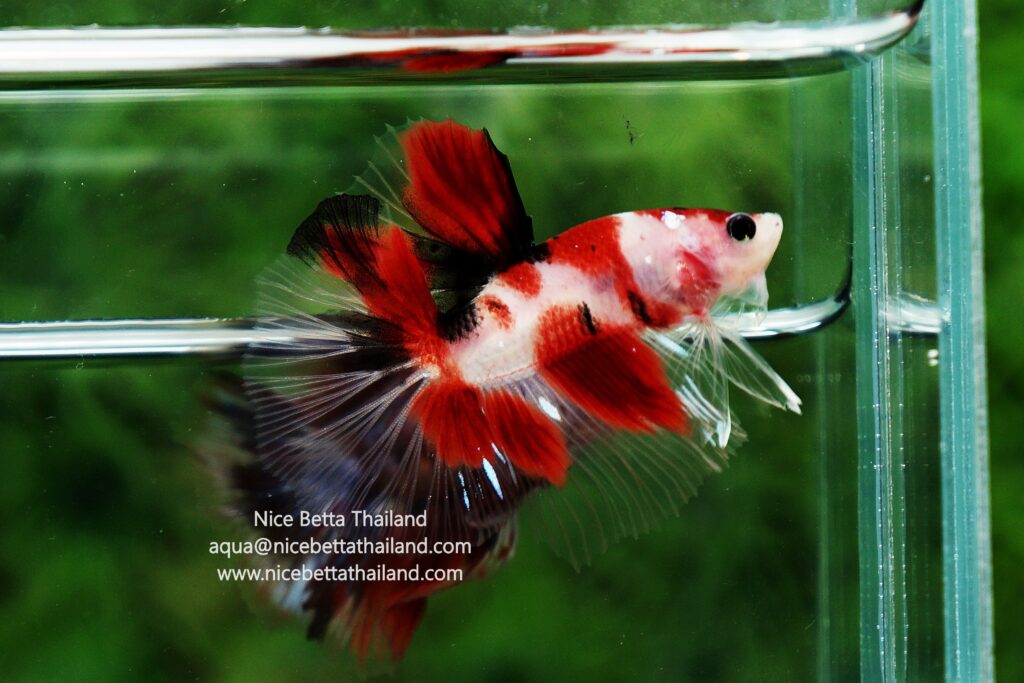
There is one potentially serious drawback to feeding your seahorses living prey on a regular basis. There is always the chance that you can introduce disease into your aquarium along the with the live food. Live Artemia (brine shrimp), for example, are known disease vectors for a long laundry list of fish pathogens, and should be treated with caution in that regard – especially if obtained from your local fish store (LFS). The aquarist who relies on live foods for his seahorses MUST take special precautions to eliminate this potential danger!
Good or bad for betta fish?
Fortunately, there are a couple of simple measures that can minimize such risks. Decapsulating Artemia cysts, for instance, removes all known parasites and pathogens, effectively sterilizing brine shrimp eggs. Large public aquaria routinely go a step further, disinfecting live foods by administering a 10-minute freshwater bath and then rinsing it thoroughly through a 100-micron strainer before offering it to their seahorses (Bull and Mitchell 2002). Home hobbyists should do the same (a brine shrimp net will suffice for the strainer). Brine shrimp — the chief offender as a disease vector — tolerate this disinfection process extremely well. In addition, adult brine shrimp (Artemia sp.) are now available from High-Health facilities, which greatly minimizes the risk of disease contamination, and if possible, Sandy, you should take full advantage of these safe vendors when purchasing live foods.
Secondly, you must be aware that unfed adult brine shrimp are virtually nutritionally barren, and it is therefore vital that they be enriched improperly before you offer them to your seahorses. It is a great idea to enrich the brine shrimp with Vibrance, but make sure you use the lipid-rich Vibrance I rather than the low-fat formula (Vibrance II) for the Artemia. Adult brine shrimp are a good source of protein, but they have very little fat content. The lipid-rich formulation in Vibrance 1 (the original Vibrance) is thus ideal for enriching brine shrimp, transforming them from nutritionally barren, empty calories into a high-fat powerhouse of vitamins and nutrients that’s loaded with color-enhancing carotenoids. As an added benefit, enriching brine shrimp with Vibrance is also an excellent way to get your seahorses to ingest beta-glucan, which will boost their immune systems and help keep them healthy.
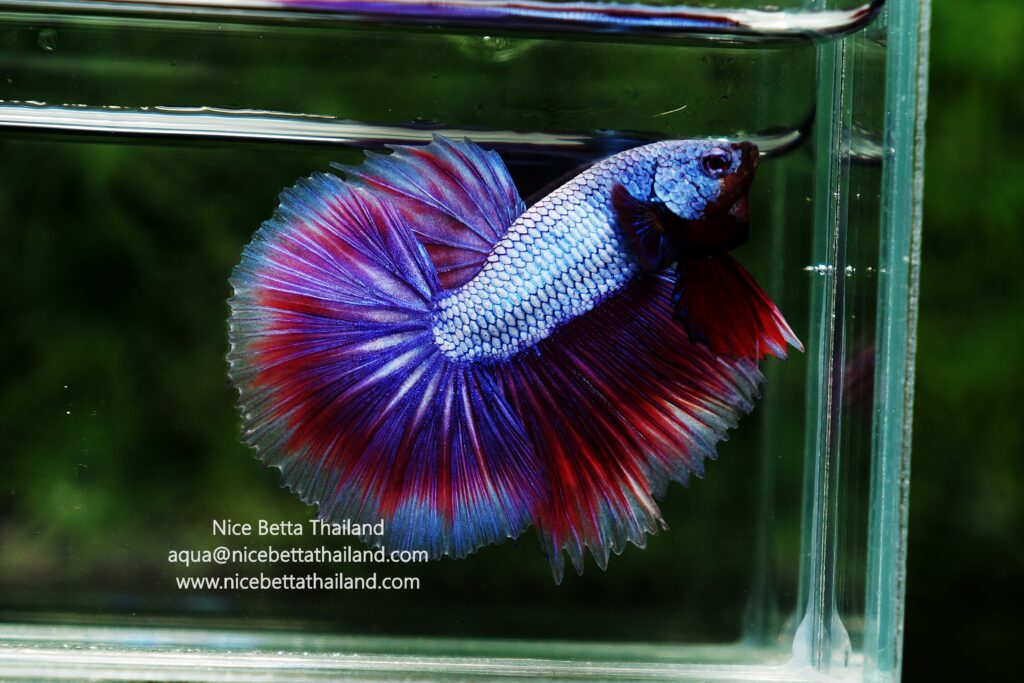
As a matter of fact, Sandy, unenriched adult brine shrimp have such poor nutritional value that I now use it as an alternative to fasting days. Fasting day always used to make me feel like a heartless heel, as I described in my new book on seahorses:
”The only thing I don’t like about this extremely nutritious diet is the obligatory fast day. The problem with fasting is that my Mustangs don’t seem to realize it’s good for them — that it’s absolutely in their own best interests, essential for their long-term health. Whenever I make an appearance on fast day, they insist on parading back and forth in front of the glass in their greeting colors, begging for a handout. Before my butt hits the upholstery, both of them will be dancing at the feeding station, impatiently awaiting their gourmet shrimp dinner. When it doesn’t materialize, they forlornly abandon their post at the lunch counter, and come up to stare at me through the front glass. When I still don’t take the hint, the female paces back and forth at the front, looking her brightest and most conspicuous, as though trying to attract my attention, while the male reverts to his drab everyday attire and dejectedly resumes his futile vigil at the feeding station. If not for their well-rounded cross-sections, one would think they were dying of hunger, making it difficult to resist their puppy-dog antics. Just sitting there ignoring them makes me feel like a first-class heel. Sheesh–talk about your guilt trips…Dang! I hate fast days.” (Giwojna, Jun. 2002)
Lately, however, I have found a way out of that dilemma. It’s a fun alternative to fast days that I feel is far easier on the hobbyist and his pampered pets alike. Nowadays, rather than fasting my seahorses, I offer them a meal with a nutritional value that’s virtually nil instead: unenriched, unfed adult brine shrimp. As you can imagine, brine shrimp in this condition have very little fat content and should be considered nutritionally barren for all intents and purposes.
So once a week, instead of depriving my seahorses, I now serve them up a generous portion of unenriched adult brine shrimp. They get the thrill of hunting and eating live food and I get the fun of watching them chase after it. Instead of going hungry, my seahorses get to fill up on empty calories, while I get to avoid a guilty conscience. It’s a win-win situation. Everybody’s happy.
Also we have group talk about betta fish for sale and share any new tip take care information on Web3 socialFi group

Right now we have betta fish doctor help every bettas lover by top breeder in Thailand to cure or share more tip on Animalverse social
If your bettas fish sick or need tip to treat help Let’s join the group many top breeder will help to answers betta fish community
More tip :
The most expensive betta fish in the world.
Which best food for betta fish?
How to Keep a Betta Fish Alive for 4 Years
All of Betta Fish A Guide on Patterns, Color in the world


